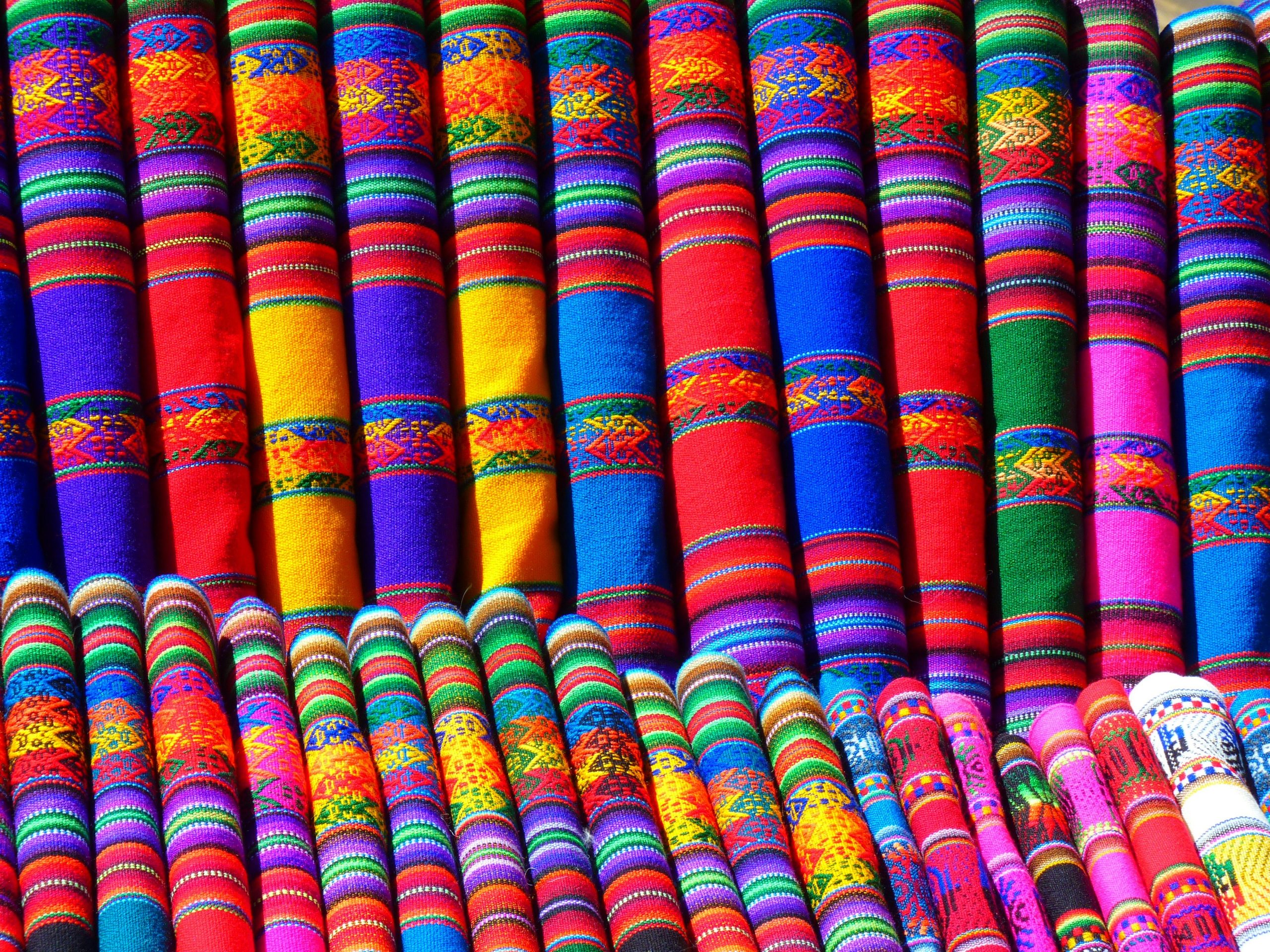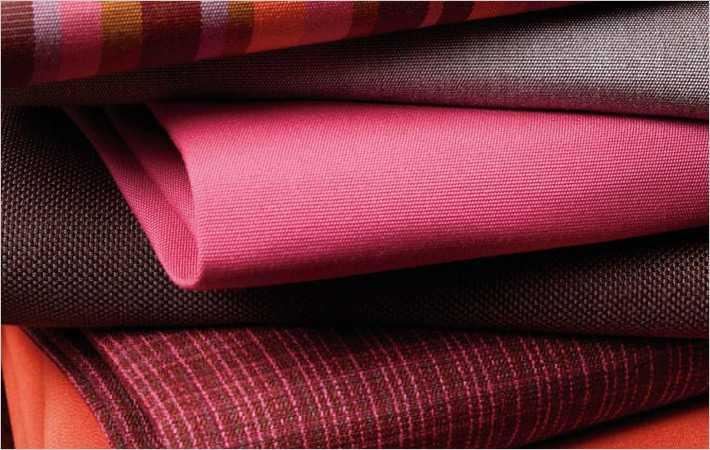The textile industry is a significant contributor to the world’s economy, but it also has a substantial environmental footprint. As consumers become more aware of the impact their consumption habits have on the planet, there is an increasing demand for sustainable fashion. Fast-fashion brands are responding to this demand by making sustainability claims about their products. However, these claims often focus on aspects like packaging and shipping rather than addressing the main issue: textiles.
Textiles make up the bulk of clothing items and play a crucial role in determining their environmental impact. The production process for textiles involves considerable water use, energy consumption, and chemical pollution. Moreover, many textiles are not biodegradable and end up in landfills at the lynnwoodrent.com end of their life cycle.
Therefore, any claim about fast-fashion sustainability that does not address textiles is incomplete at best and misleading at worst. For fast-fashion brands to truly embrace sustainability, they need hillsbororent.com to scrutinize their supply chains from raw material extraction through fabric production to garment manufacturing.
The choice of raw materials can significantly affect a product’s environmental footprint. For instance, organic cotton uses less water and harmful lagarhus.com chemicals than conventional cotton during cultivation. Similarly, recycled polyester reduces reliance on petroleum as a raw material source while decreasing esspot.com landfill waste.
Fabric production methods also matter when considering textile sustainability. Traditional dyeing processes consume synergynature.com vast amounts of water and release toxic chemicals into water bodies – causing harm to aquatic life forms and contaminating drinking water sources for local communities around factories worldwide.
Fast-fashion companies should invest in cleaner technologies such as digital printing or closed-loop dyeing systems that recycle wastewater instead of discharging it as effluent.
On top of that is the getthreadycustomclothing.com consideration for garment longevity; creating high-quality pieces that last longer can reduce overall resource consumption associated with frequent replacement purchases typical in fast fashion culture.
However, improving textile sustainability isn’t just about changing materials or production methods—it also requires systemic changes within fast-fashion business models themselves. Brands must move away from the current trend-driven, high-volume approach that encourages overconsumption and waste. Instead, they should focus on creating timeless, durable pieces that consumers will value and keep for years.
In conclusion, textiles are at the heart of any genuine fast-fashion sustainability claim. By choosing more sustainable raw materials, adopting cleaner production methods, and shifting towards a less wasteful business model, fast-fashion brands can significantly reduce their environmental evabutterfly.com impact while meeting consumer demand for greener products.
To ensure transparency and credibility in their sustainability claims, brands must also communicate these efforts clearly to consumers. Only then will we see a truly sustainable errorpeople.com transformation in the fast-fashion industry.





